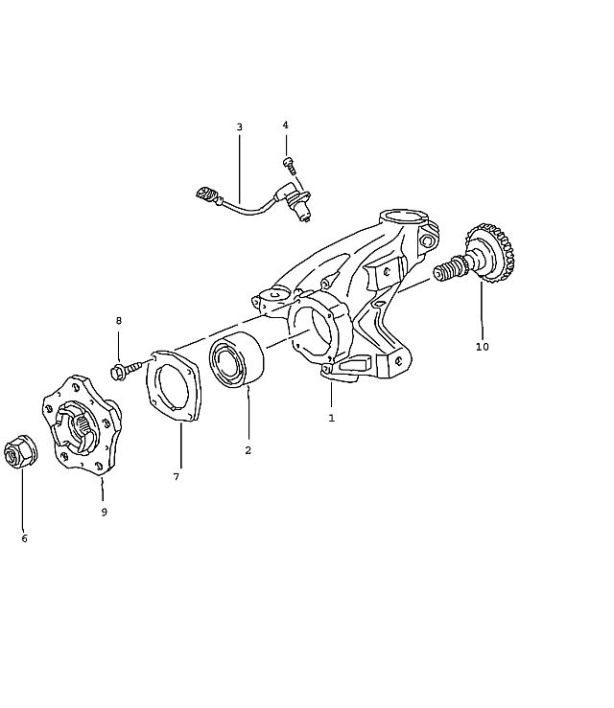Hi all,
This is one of the most controversial upgrades out there as many people will go straight to a GT3 upgrade and many others don’t know how to do this. So, to find a complete DIY has in my experience been historically impossible.
So, why go with a Turbo upgrade? Well the larger rotors and calipers allow for about 35% more pad surface to rotor versus the C2 and also allows for rapid heat displacement in harder applications such as track usage. Yes, they are also red and have a “cool” factor that comes along with doing the upgrade… however if that is all you want out of this I’d just powder coat your original ones!
GT3 versus Turbo… Well the issue here is that you will not be able to use GT3 front rotors due to the offset being all wrong for a C2. You can however use Turbo rotors. The GT3 calipers are six piston versus the Turbo four piston so there is a more dramatic braking performance gain. There is also a massive increase in the budget and since there are a few totalled Turbos out there and people that upgrade to six piston GT3 or Brembo kits, a set of stock Turbo calipers can be found much easier for much less. So, I went Turbo…
Now the following information on what you need would not be possible without Steve Weiner’s help from Rennsport Systems.
You will need to replace the following items on your C2 if you wish to do this:
- Front wheel carriers and hubs (rears stay unchanged)
- Master cylinder with one from a C4S or Turbo (same part number) to handle increased volumetric requirements – My C2 has PSM and both C4S and Turbo has it as well
- 996 Turbo front and rear calipers
- 996 Turbo front and rear rotors
- 996 Turbo front and rear brake lines
After about a month of searching I was able to source the parts with costs as follows (in USD):
- Full 996 TT brakes with rotors, pads, calipers, and lines: $600 – Used, 6speedonline.com
- Front L/R Wheel Carriers and Hubs complete: $800 – Used, LA Dismantlers
- Master Cylinder from C4S/Turbo: $323 (went with a new one, used is $250) – Suncoast Porsche
- Front bearings (optional, but while they are off…): $62.84 each (x2) – Suncoast Porsche
Total cost, with the optional of: $1,848.68 USD
Cheers
Aaron
———–
REFERENCE INFORMATION
Just in case you don’t know what a wheel carrier is/looks like, here is an exploded diagram of what one looks like from a 996 Turbo:










